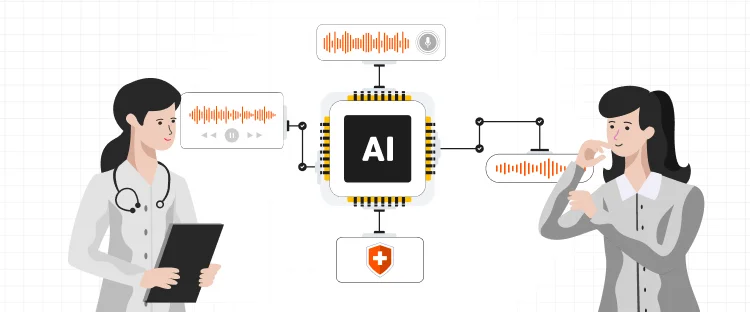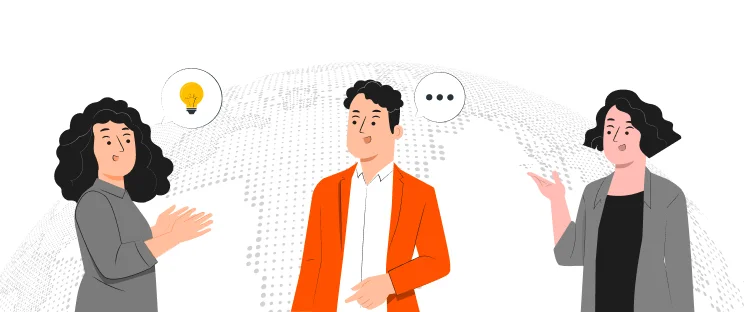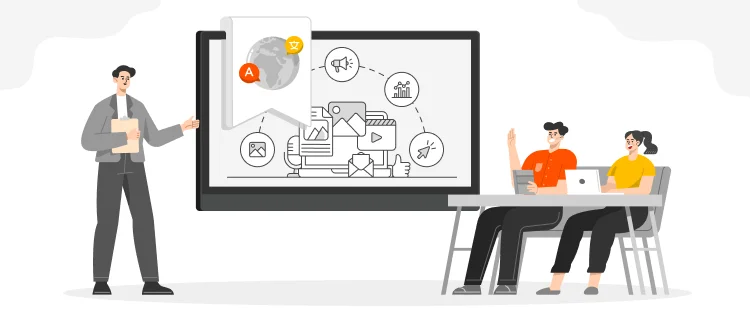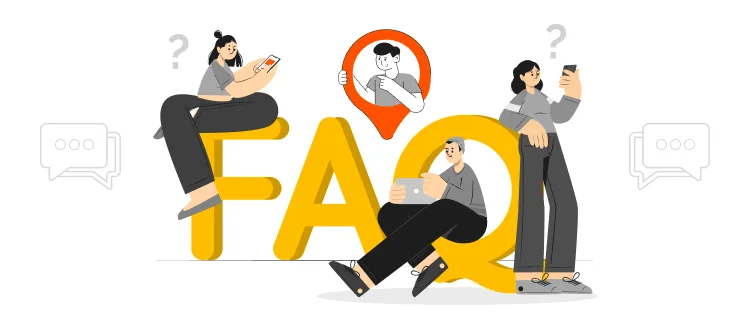Pashto is from the group of South-eastern Iranian branch. It is spoken in Iran, Afghanistan, and Pakistan. Exact natives of Pashto language are not known but it is native to approximately 45 million to 55 million people. The three main dialects of Pashto language are Central Pashto, Southern Pashto, and Northern Pashto.
Central and northern Pashto is spoken in Pakistan whereas Southern Pashto is spoken in Afghanistan. 25 million of Pashto speakers are from Pakistan and they are mainly from Federally Administered Tribal Areas called FATA and from the province of Mianwali, Attock, Sindh, Balochistan, Punjab, and Khyber Pakhtunkhwa. Pashto communities are also residing in the northeast of Iran, India, Tajikistan, UAE, Saudi Arabia, and several other countries.
In 1936, Pashto was declared the official language of Afghanistan and then the Pashto language spelling system was also altered. At present Dari and Pashto are the official languages of Afghanistan.
Pashto is written in Arabic script. There are two written forms of Arabic script, one is from a dialect of Kandahar and the other is from the dialect of Peshawar. The word Pashto is derived from the reconstructed proto-Iranian form known as Parsawa Persian language. Pashto speaking people are called Pathan, Pashtun and Afghan in Pakistan and Southern Afghanistan. In northern Afghanistan, they are called Pakhtun.
The Arabic Script
The Arabic alphabet is used in the Pashto language. Some extra letters are also used in Pashto to pronounce unique sounds. To read the Pashto script correctly you need to learn how to pronounce these Arabic alphabets and letters.
The Three Diacritic Marks
To pronounce the vowel sounds, diacritic marks are used in the Pashto language. If you want to learn Pashto reading and pronunciation, then ask your instructor to put a diacritic on words so that you can read and pronounce Pashto words easily. The three diacritic marks are used in Pashto. Zabar is used to pronounce a sound and use it above the letters. Kasra is used to pronounce e short sound and used under the letters whereas Parkh is used to pronounce o sound and appears above the letter moreover little circles are used as placeholders. These circles are not used when you put these diacritics on words.
The letters in the Pashto language have various shapes. It relies on their formation in a word. Pashto letters have three shapes including initial, medial, and final There is also a fourth form of letters that is used when they are not attached. To recognize these different shapes you need to know the letters but you should also know they alter. You also need to know their unique characteristics. For example the exact position of the dots and the number of dots. You can imagine how the letter appears in the final, medial, and initial position in the word.
In the word-formation, there are many words that adjoin each other. There is also a group of 10 letters in the Pashto language that only adjoins to the preceding letter in a word. You need to remember a letter in this category does not connect.
The two letters Alif and laam when appearing in a word look quite similar but they are often confused with each other. They usually don't connect to the following letter so it is easier for you to recognize that the second letter must be alif because it is not adjoined with the previous letter.
Let us have a look at how can you learn the Pashto Language
The majority of people find the Pashto language difficult to learn but by following the above-mentioned points you can get proficiency in the Pashto language with enhanced ease.
No doubt Pashto is the renowned language. If you want to start your business in the area in which the Pashto language is widely spoken then you need to translate your business documents in Pushto language. Mars Translation is here for you if you need assistance in any of your business documents translation. We are providing precise and affluent Pashto Translation Services with the assistance of native translators

Colorado is said to be one of the best places to do business because the business environment is very friendly
Read More
The global marketplace has become an attractive place for brands and businesses, where they strive to create a presence of
Read More
CAD, or computer-aided design and drafting (CADD), is the use of computer technology for design and design documentation. CAD software
Read More
Many global companies, foreign governments and Iranian are hoping to see an increase in investment in Iran after declaring the
Read More
Artificial intelligence has taken a big space in almost every industry. There is also a widespread acceptance that AI is
Read More
Persuasion is all about manipulating other people behavior. At first it might sound immoral but it doesn’t have to be.
Read More
Now days everyone is searching for good ideas for their company they wanted to be more creative, they wanted to
Read More
Technology has now much diverse roots in this age of development. Now it is not wrong to say, that you
Read More
Localization is the practice of altering the functional properties of a product and also its characteristics. This is easily done
Read More


Document Translation
Professional document translation by native expertsApp Localization
Get more downloads by adapting your app for different target marketsVideo Translation
Multilingual translation and subtitling servicesWebsite Localization
Adapt your website into multiple contexts for global reachSoftware Localization
Adapt your software for global usersGame Localization
Reach new players with localized gameplayMTPE
Refine AI translations for natural fluencyBusiness Translation
Professional translation for business documents and websitesDTP & File Conversion
Professional DTP and File conversion, supporting multiple file formatsProofreading
Perfect your content with expert review© Copyright 2025 MarsTranslation